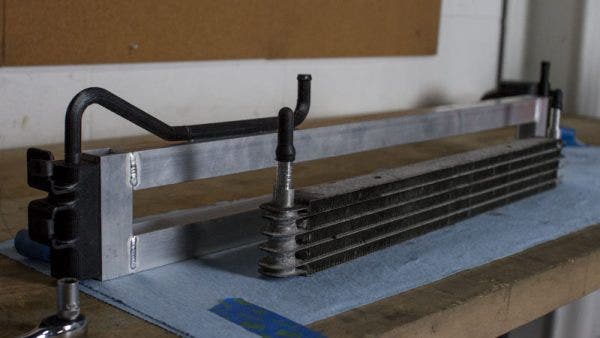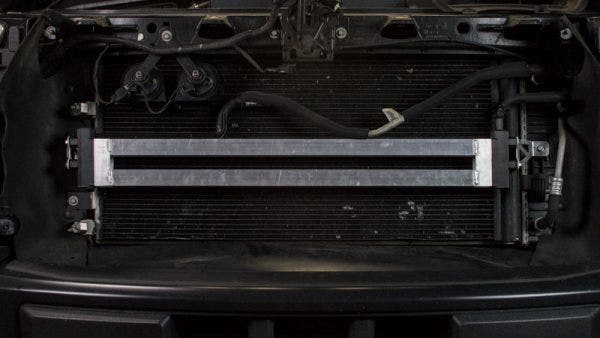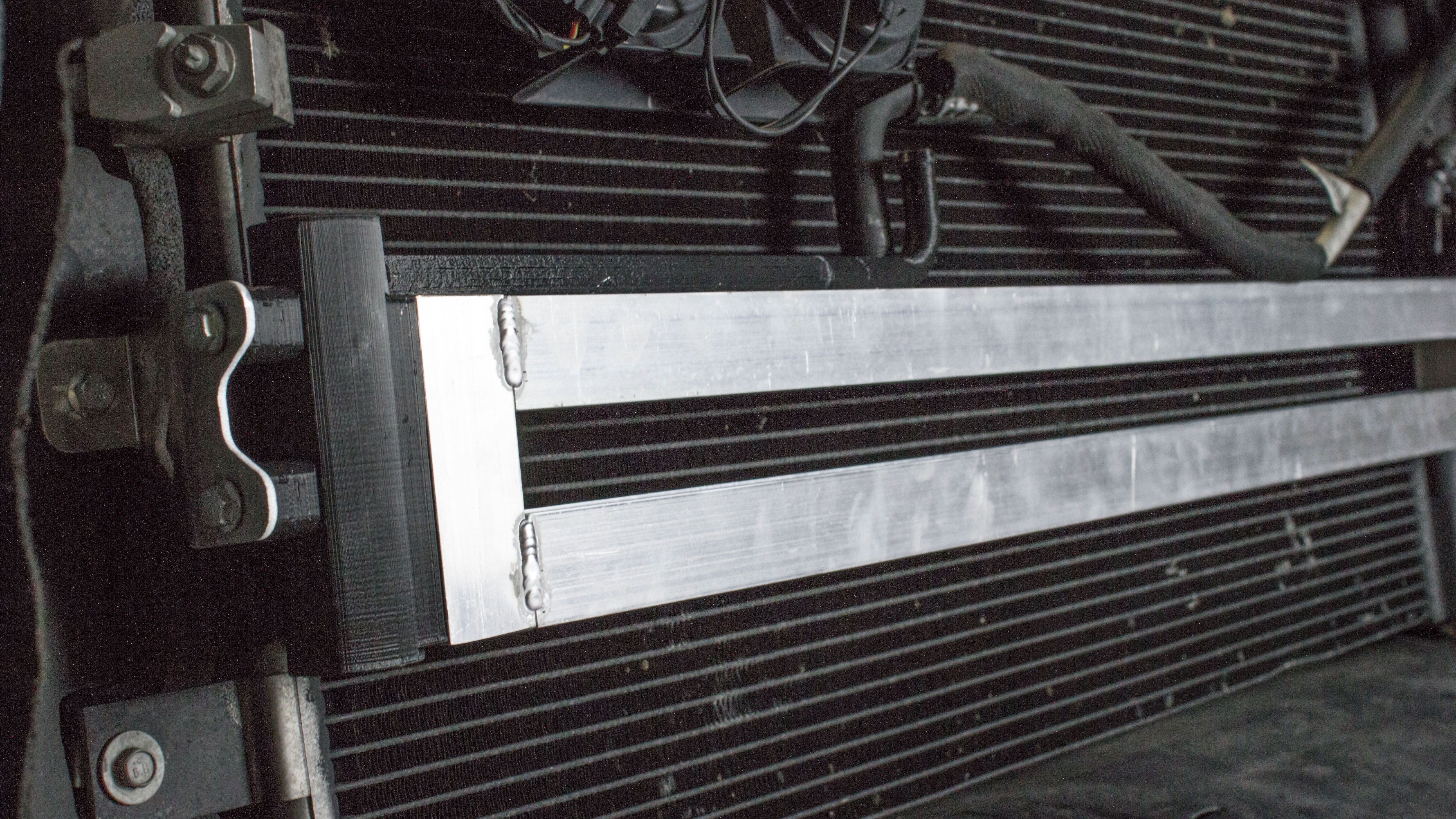
Carry the Weight - Transmission Cooler R&D, Part 2: Design
Simplicity is often the key to great engineering. The
same can be said about Ford's F-150. The F-150 is about function over frills and
getting the job done. Our 2015+ Ford F-150 transmission cooler will follow the
same formula. Our focus will be on one key aspect: use as much of the space
behind the F-150's grille as possible. As we saw in our first post, the stock
transmission cooler only utilizes about 50% of the available space. To increase
that usage to 100% without adding unnecessary complications is where we'll get
the job done, plain and simple.
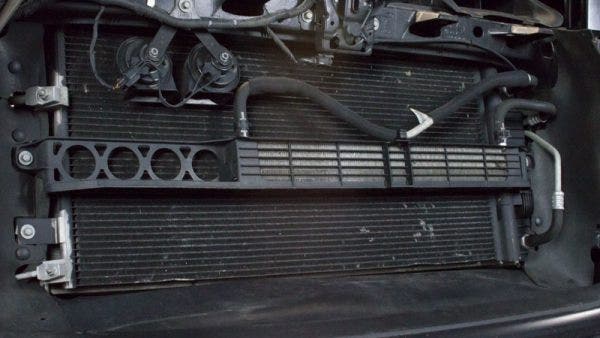
Ford was kind enough to provide us with convenient mounting
points on either end of the radiator and a hard pipe to connect the outlet port
on the transmission cooler to the soft line going to the radiator. Our cooler needed
another hard line to travel the additional distance from the original soft line
to our end tank but compared to some of our recent transmission cooler project,
that was be a simple task. To continue with the theme of simplicity, our cooler
will be fastened to the radiator by a straightforward set of L-brackets.
We still need to decide whether the core will be a
tube-and-fin style or bar-and-plate style, but before anything else can happen,
we need to make a prototype. Before we can build a prototype, we need a 3D
model to base it on.
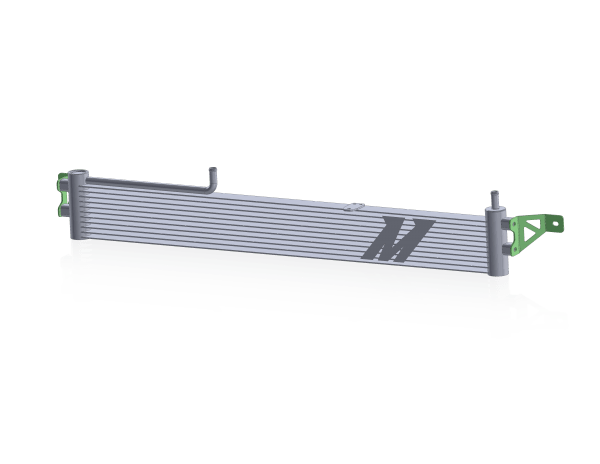
With that 3D model complete, we could 3D print our end
tanks, waterjet the brackets, and weld together a mock core. The uncomplicated
design of each component meant that all these processes were completed quicker
than normal and our prototype was ready for a test fit. We removed the stock
transmission cooler and mount, assembled our prototype cooler, and bolted it
on. Our prototype was almost twice the length and height of the stock cooler,
so we were excited to see how it would fit behind the grille of the F-150.
Now that we know our design fits, it's time to build it
out of aluminum and steel. In our next post, we'll be looking at our production
sample and preparing to test how twice the size translates into cooling. Keep
an eye out for the next update and feel free to let us know what you think in
the comments!
